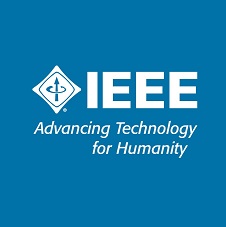VII. Conclusion
First, several challenging aspects for BIPV converters such as long lifetime, high compactness, high gain and a wide operating range have been discussed. Then a converter design was proposed and the components were selected. The control strategy of the converter is partly closed-loop, partly open-loop. The interleaved Boost converter stage, which will take care of the MPPT and works always under CCM is controlled in closed loop. The second stage, a phase-shifted full bridge, can work under both CCM or DCM. The control of this stage is purely open loop and it has been shown that the voltage stresses can be derived from CCM, as the voltage stress under DCM will always be lower. Finally, PCB prototypes of the Boost and the full bridge converter were developed. The Boost converter works as expected and achieves good efficiencies. However, the full bridge secondary has to deal with oscillatory behaviour and as a consequence, it was not possible to measure the efficiency curve as it was not possible to use the converter under nominal operating conditions. Further research is needed to come up with a good solution for this problem.








